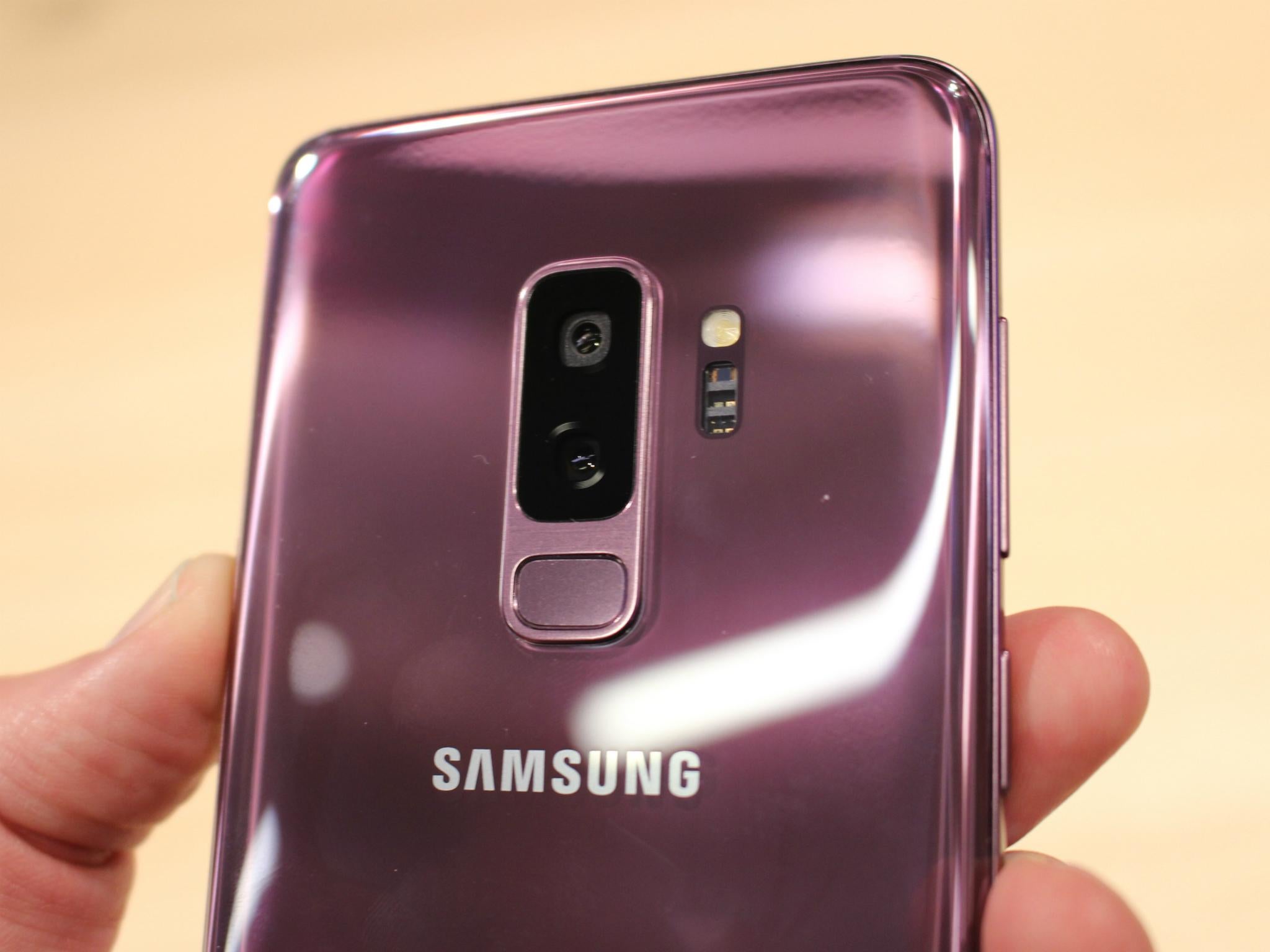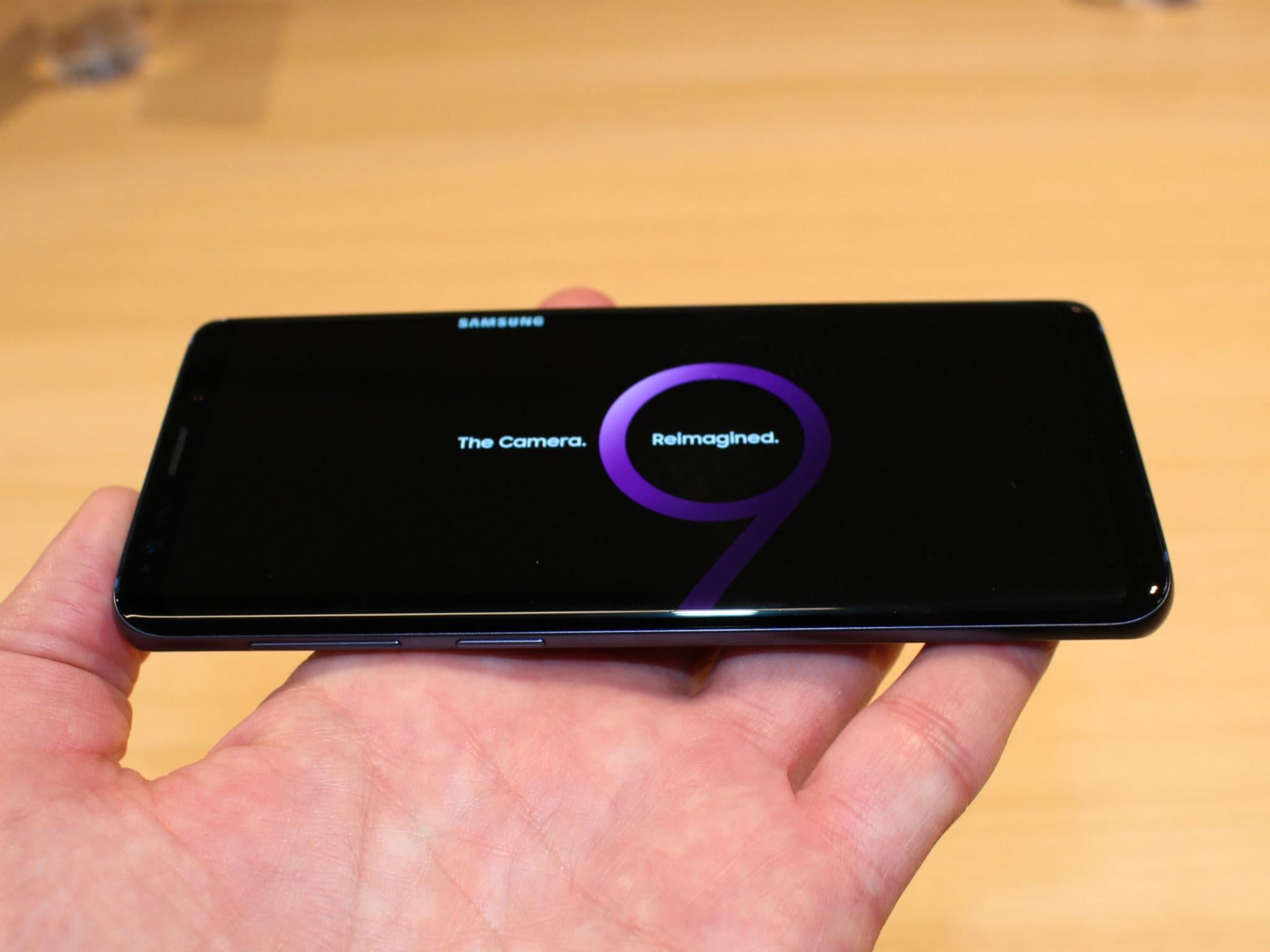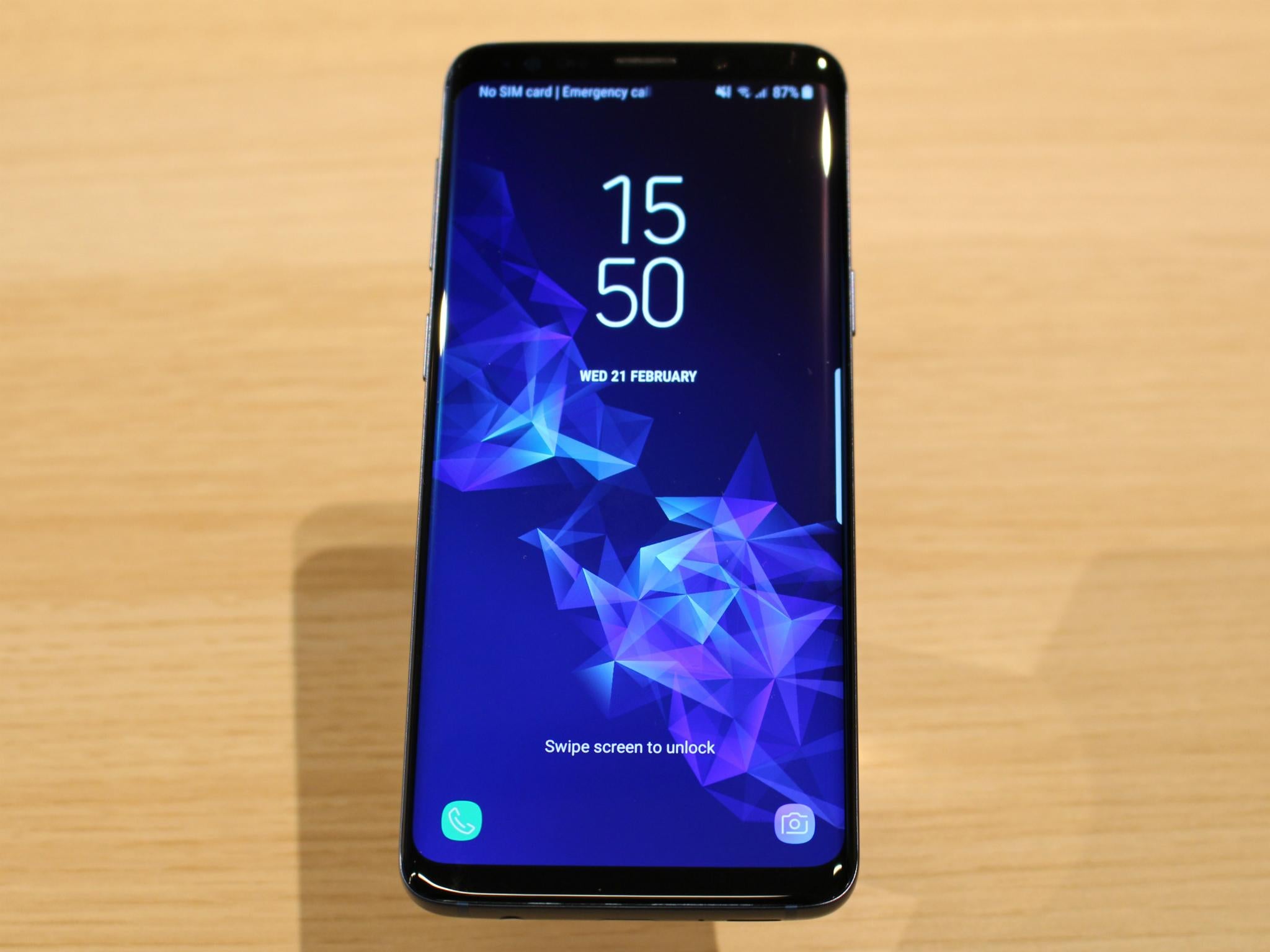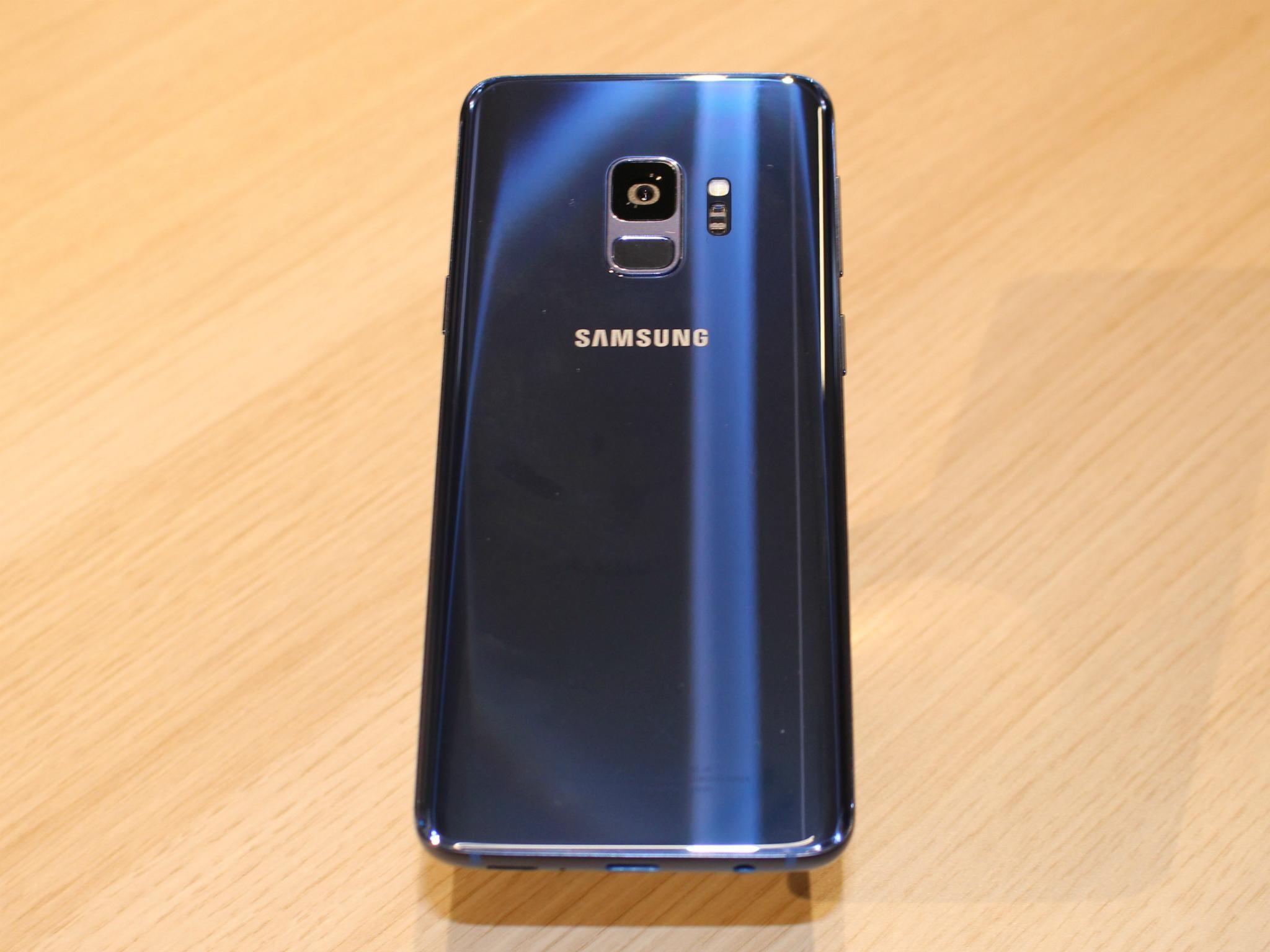Samsung Galaxy S9: Price, release date, specs – everything you need to know
The company has introduced major camera improvements and a much-needed fingerprint sensor tweak
Your support helps us to tell the story
From reproductive rights to climate change to Big Tech, The Independent is on the ground when the story is developing. Whether it's investigating the financials of Elon Musk's pro-Trump PAC or producing our latest documentary, 'The A Word', which shines a light on the American women fighting for reproductive rights, we know how important it is to parse out the facts from the messaging.
At such a critical moment in US history, we need reporters on the ground. Your donation allows us to keep sending journalists to speak to both sides of the story.
The Independent is trusted by Americans across the entire political spectrum. And unlike many other quality news outlets, we choose not to lock Americans out of our reporting and analysis with paywalls. We believe quality journalism should be available to everyone, paid for by those who can afford it.
Your support makes all the difference.The Samsung Galaxy S9 and S9+ have officially been unveiled.
The new smartphones will take on the likes of Apple’s iPhone X and Google’s Pixel 2, which came out late last year.
Samsung has decided against making any huge design changes, but the camera improvements, fingerprint sensor tweak and new range of colour options that have been introduced could still tempt S8 and S8+ users to upgrade.
Here’s everything you need to know about the Samsung Galaxy S9.

Design, display and colours
The S9 and S9+ look almost identical to their predecessors, which isn’t a bad thing. After all, the year-old S8 is still one of the most attractive handsets around.
Just like the S8, the S9 features a curved 5.8-inch, 2,960 x 1,440 “Infinity” screen – like the S8+, the S9+ has a 6.2-inch version – which is surrounded by barely-there bezels.
Because the S9’s screen is smaller than the S9+’s, it’s slightly sharper too, with a pixel density of 570ppi compared to 529ppi.
The S9 and S9+ are a touch shorter and thicker than the S8 and S8+, but the differences are barely noticeable.
Far bigger changes become apparent when you look at the S9’s rear. The fingerprint sensor lies centrally, below the camera lens.
On the S8, it sat far too close to the lens, which made it difficult to actually use. Its new position is far more sensible.
The S9+ also has a dual camera setup, which you can find out more about further down the page.
The S9 is available in three colour options: Midnight Black, Coral Blue and Lilac Purple. A Titanium Grey model also exists, but you can’t buy it Europe.

Camera
Samsung is definitely pushing the S9’s camera as its biggest selling point.
The phone features what the company calls a “dual aperture” 12-megapixel sensor with optical image stabilisation.
It automatically switches between f/1.5 and f/2.4 aperture, in order to capture the best results in different – and tricky – light conditions.
When it’s dark, the sensor will let more light in, and when it’s too bright, it will let less light in, to produce good-looking pictures wherever you are.
It’s a clever feature that sounds great on paper, but we’ll find out how well it actually works when we get time to test the S9 out.
The S9+, meanwhile, has a slightly different setup. It features a wide-angle, dual aperture 12-megapixel camera and a fixed f/2.4 aperture 12-megapixel telephoto sensor, which combine to take clearer pictures with more depth.
Both the S9 and S9+ can capture dramatic-looking super slow-mo videos, which you can then share as GIFs or set as your lock screen background.
Both phone also feature an 8-megapixel front-facing camera.

AR Emoji
AR Emoji are like Samsung’s answer to the iPhone X’s Animoji.
The S9’s can use a picture of your face to quickly create an emoji that’s supposed to look like you.
Through the camera and “a data-based machine learning algorithm”, that emoji will then copy your facial expressions, and you can share the animations with other people.
Battery and features
The S9 is powered by a 3,000mAh battery, while the S9+, with its larger, more demanding screen, uses a 3,500mAh battery.
Both phones support fast-charging via the USB Type-C port, and wireless charging too.
They also run Android 8 Oreo and offer iris-scanning and facial recognition technology, a headphone jack and IP68 water- and dust-resistance.
The S9 features 64GB of internal storage, expandable by up to 400GB via the microSD card slot. The S9+ has 128GB of internal storage, which is also expandable.

Release date and price
The S9 costs £739 and the S9+ costs £869.
When the S8 and S8+ came out last year, they were available for £689 and £779, respectively.
Pre-orders open at 6pm on 25 March, and if you purchase a handset before 11.59pm on 7 March, you’ll receive your order on 9 March.
It will start appearing in stores slightly later than that, on 16 March, and Samsung and selected retailers will also be offering trade-in deals for customers.

Join our commenting forum
Join thought-provoking conversations, follow other Independent readers and see their replies
Comments